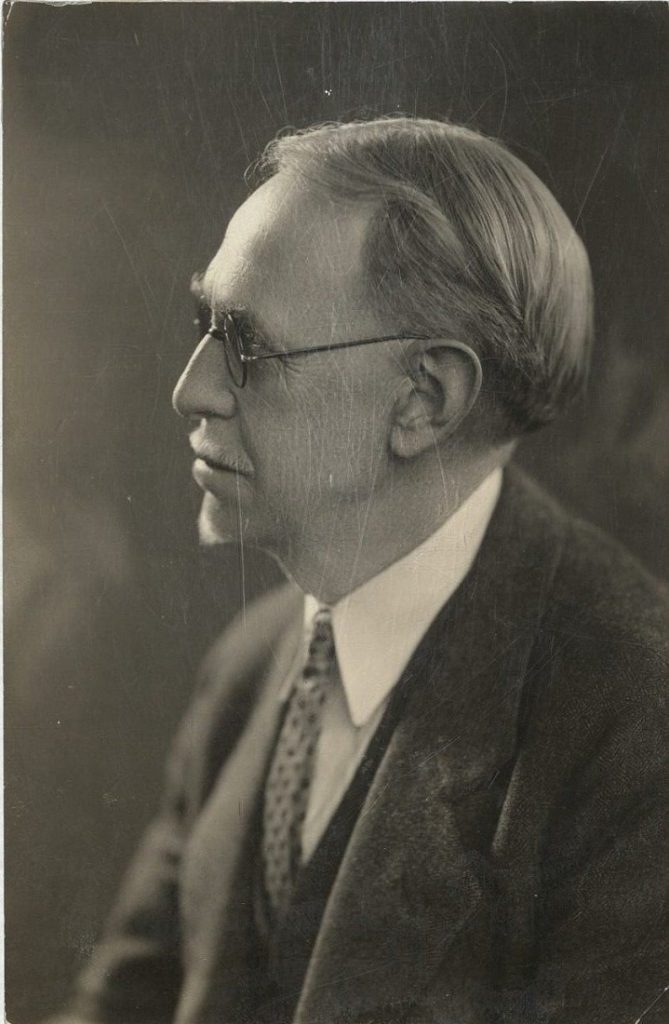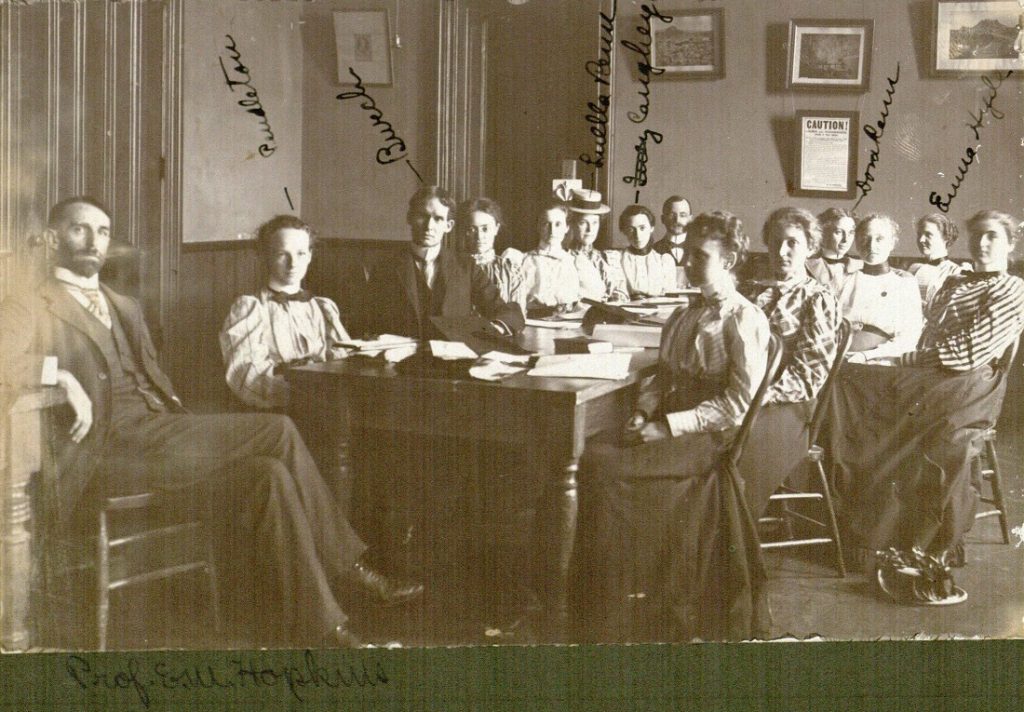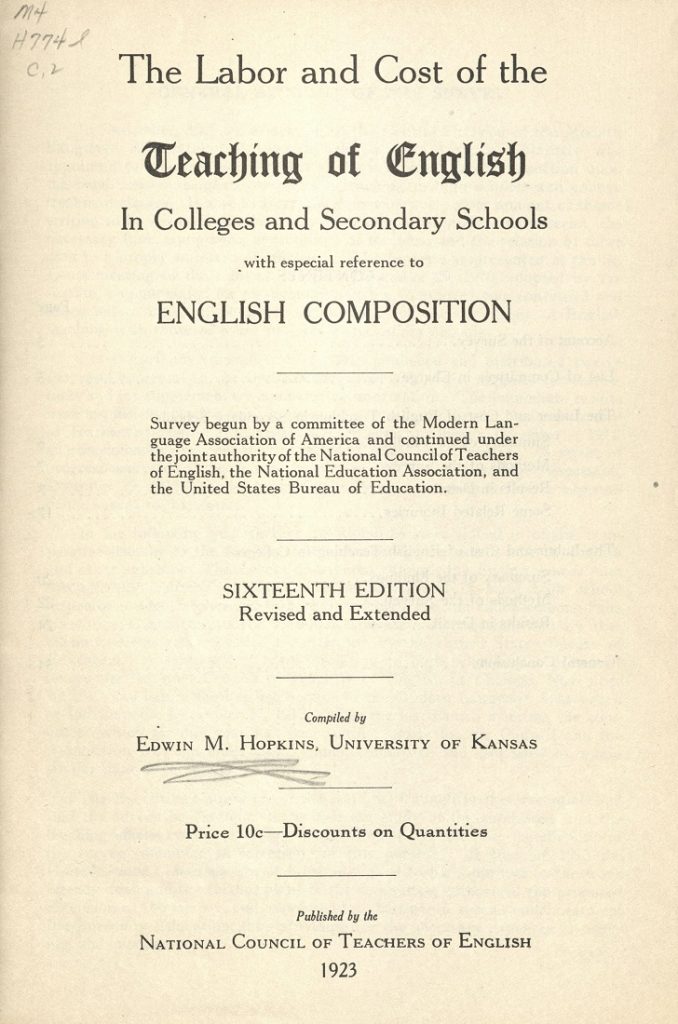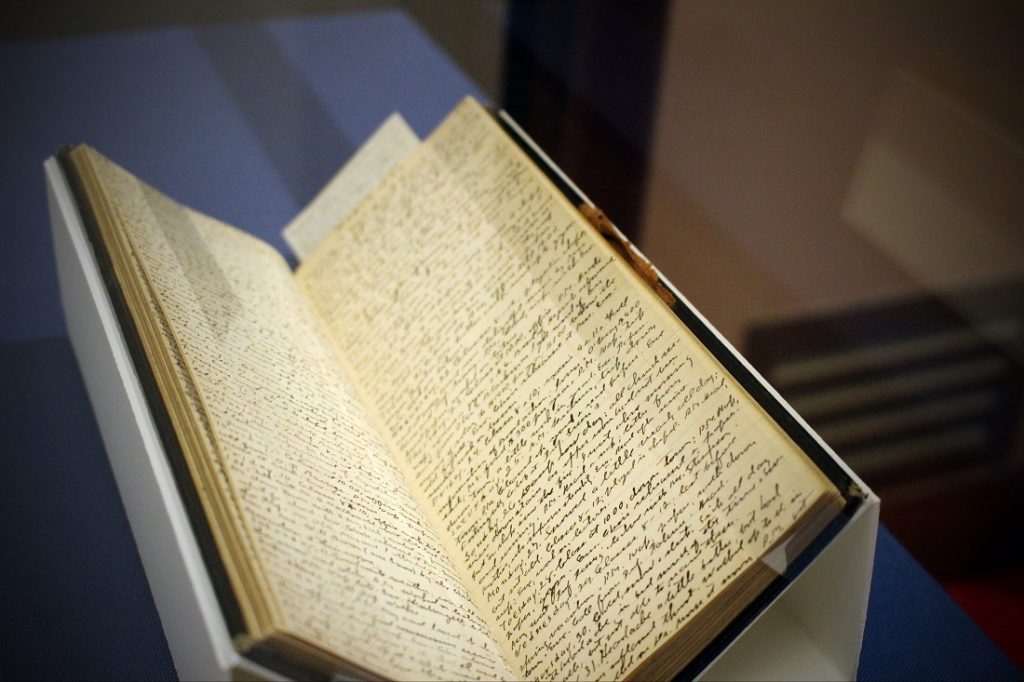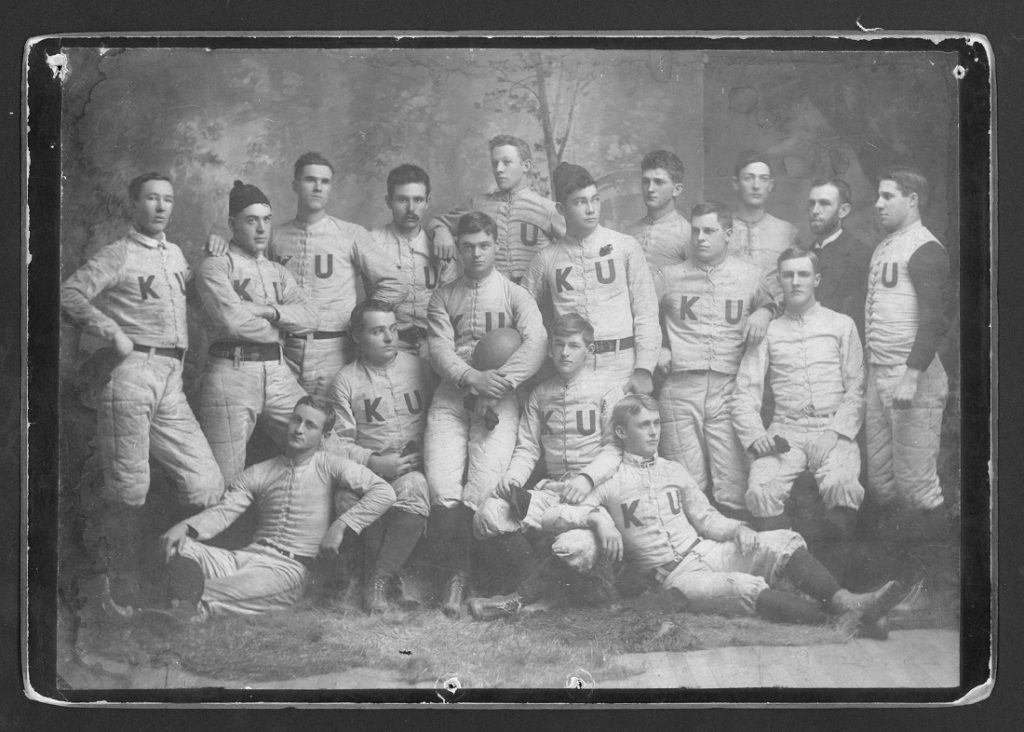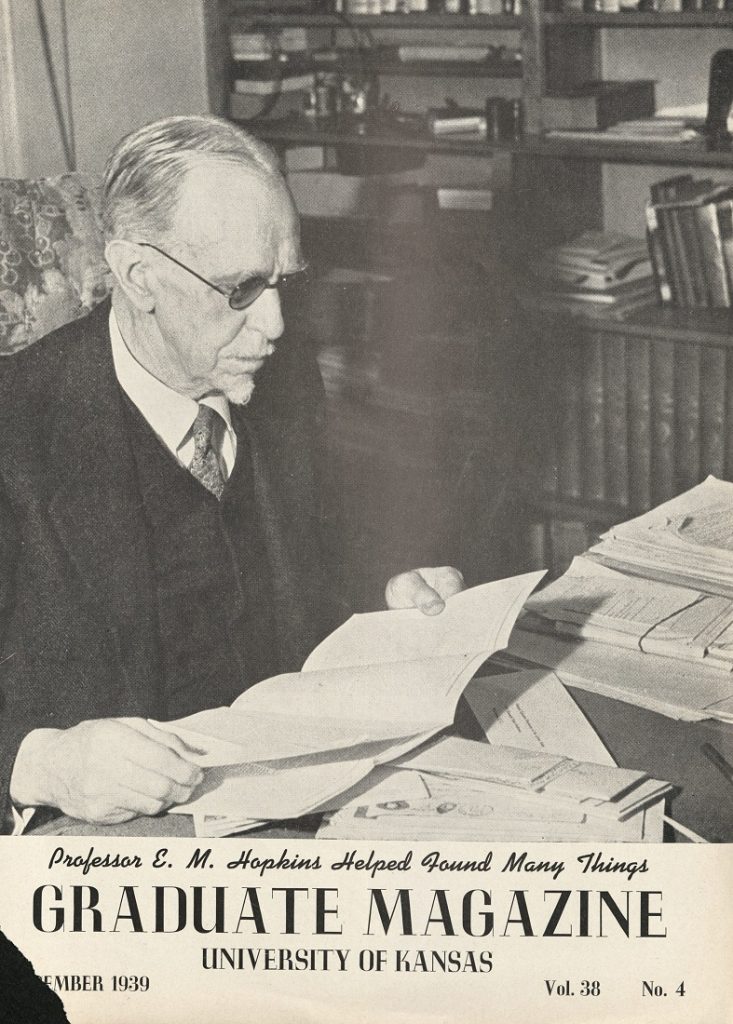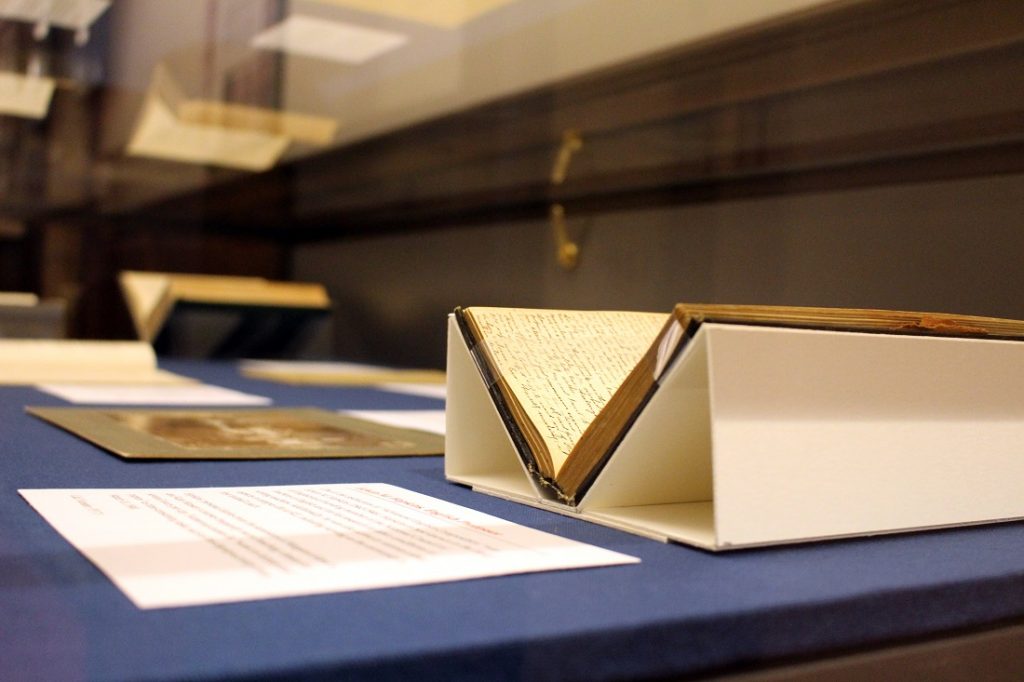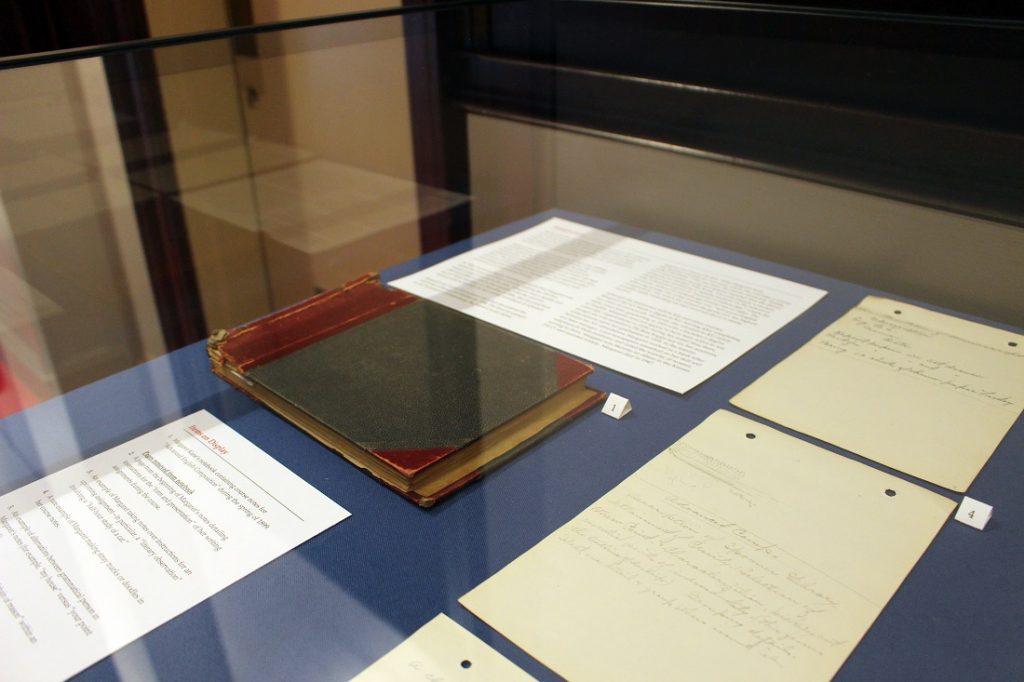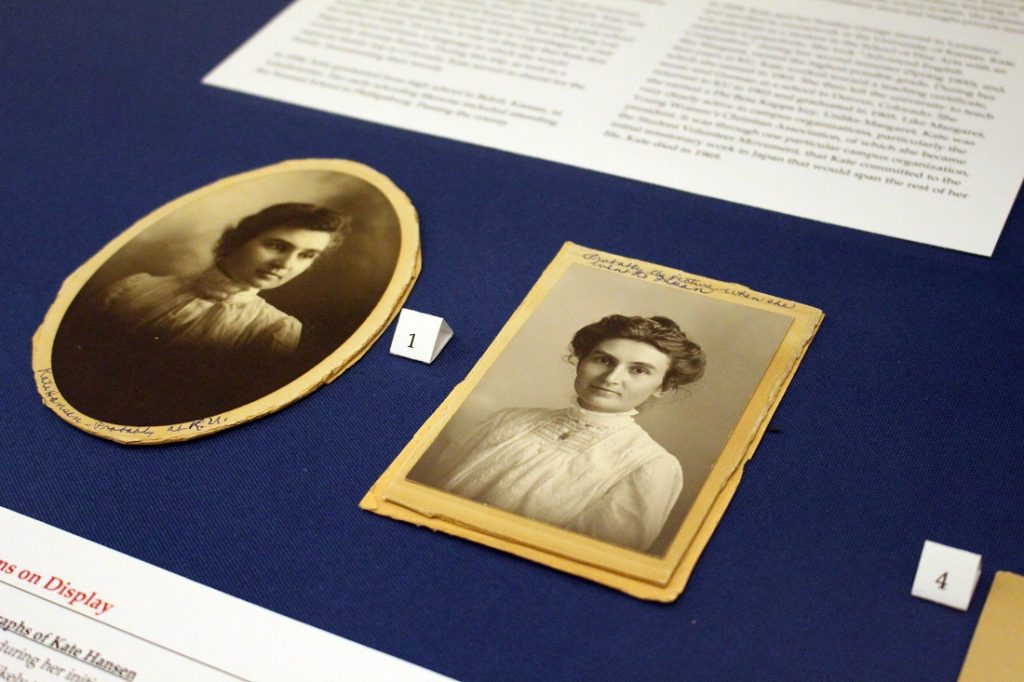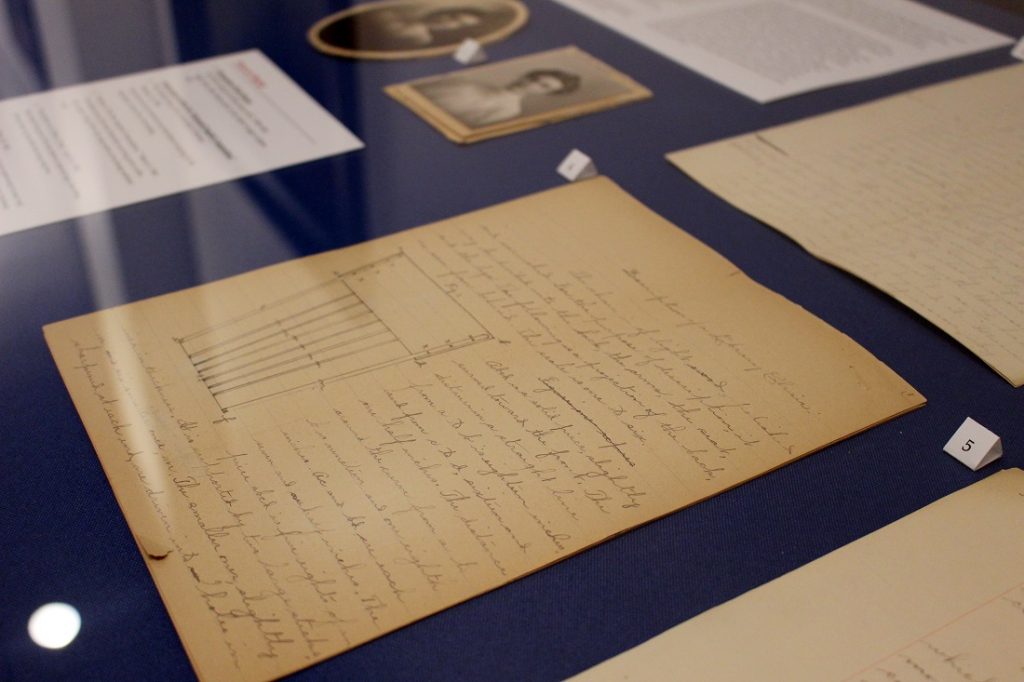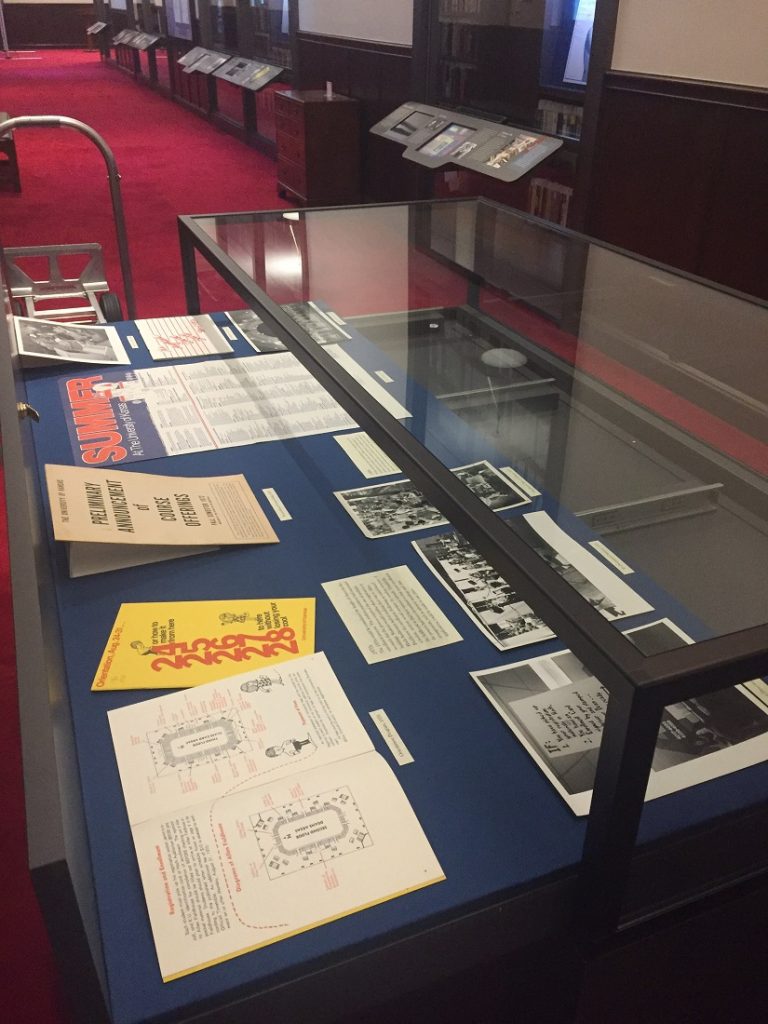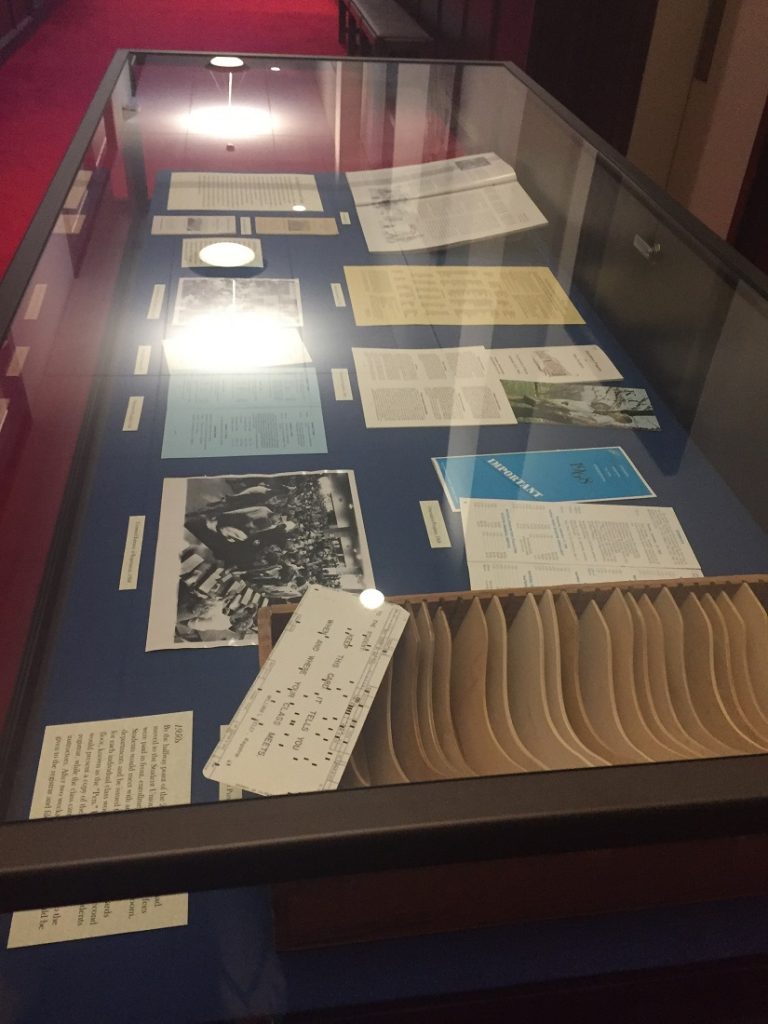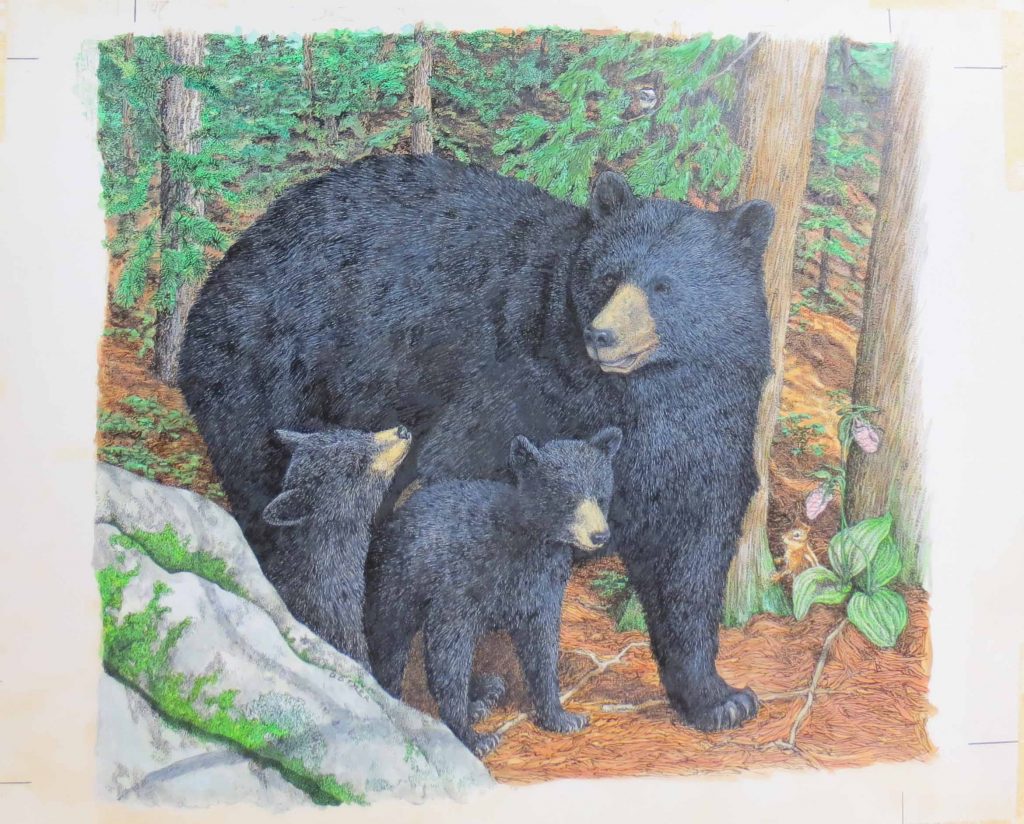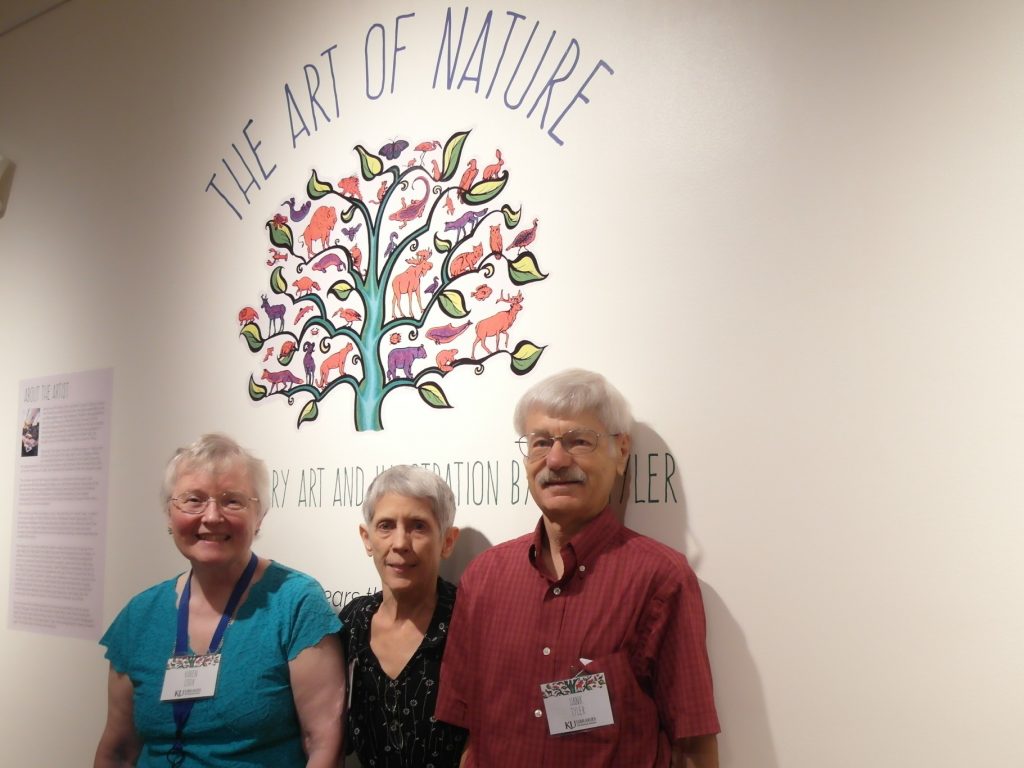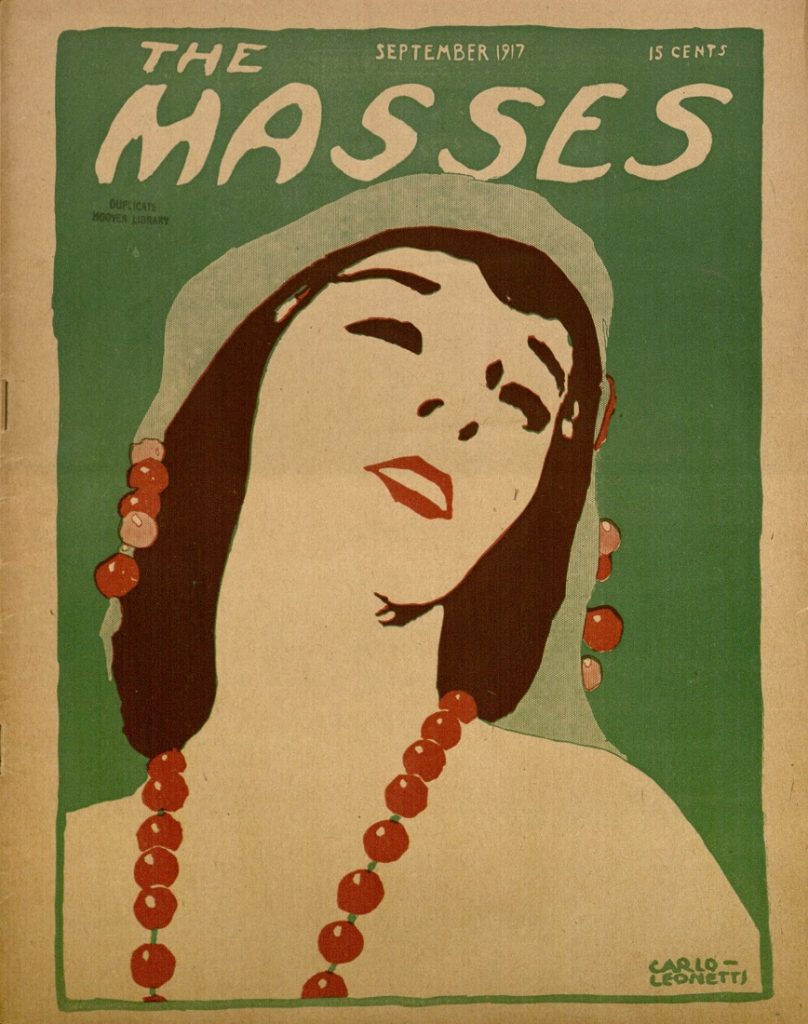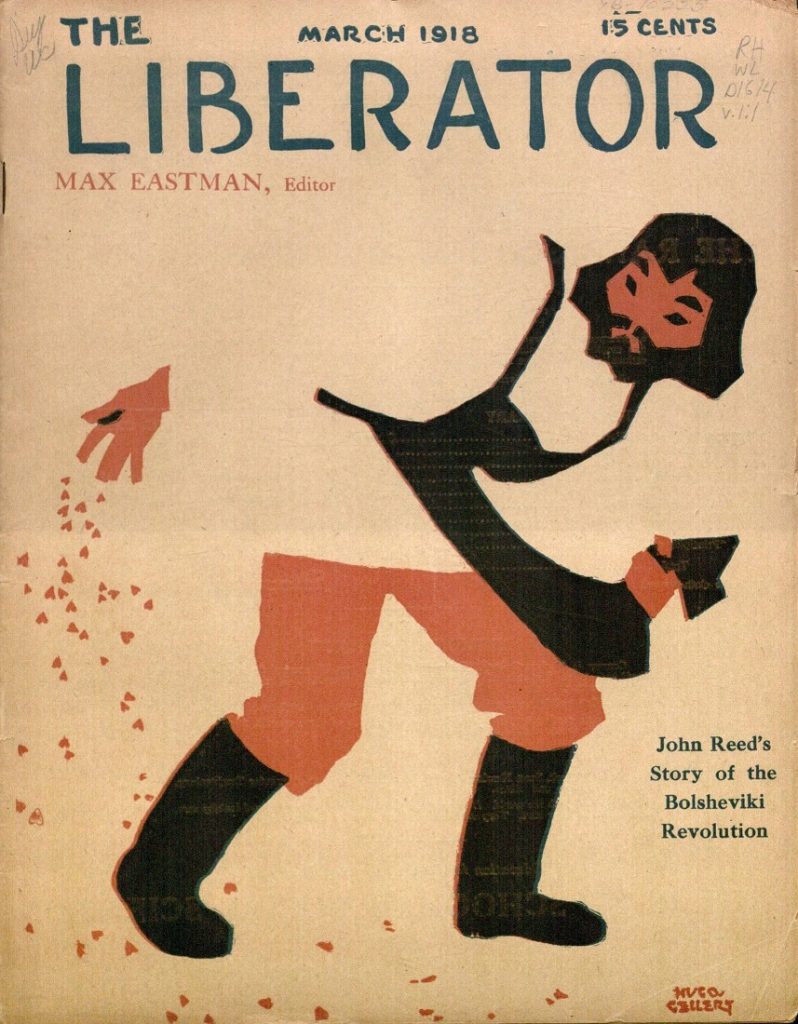Exploring the Life and Labor of Edwin M. Hopkins, KU English Professor
January 11th, 2019Among the personal papers of faculty, staff, and students contained in Kenneth Spencer Research Library’s University Archives are materials connected to the life of KU Professor Edwin Mortimer Hopkins (1862-1946). These materials include photographs, his personal diaries (which span sixty-five years), three paintings, and much more. Hopkins taught at the University of Kansas for his entire career, beginning in 1889 and ending with his retirement in 1937.
Two portraits of Edwin M. Hopkins, undated. University Archives Photos.
Call Number: RG 41/ Faculty: Hopkins, Edwin M. (Photos). Click images to enlarge.
Hopkins most frequently taught courses in rhetoric, literature, and composition, though he also taught the University’s first journalism course. The work of two of his “Advanced English Composition” students, Margaret Kane and Kate Hansen, are featured in a temporary exhibit at Spencer Research Library from December 2018 to January 2019. (Hopkins co-taught the course alongside Professor Raphael Dorman O’Leary.)
A KU classroom, 1890s. Hopkins is pictured on the far left. University Archives Photos.
Call Number: RG 17/25 1890s Prints: College of Liberal Arts and Sciences:
Department of English (Photos). Click image to enlarge.
Hopkins is an important figure in the field of rhetoric and composition. He was a founding member and early president of the National Council of Teachers of English, as well as a founder of the Kansas Association of Teachers of English. At KU, Hopkins was the head of the English Department from 1902 to 1909.
A portion of Edwin M. Hopkins’ resume showcases some of his
achievements, 1922. University Archives. Call Number:
Biographical File, Edwin M. Hopkins. Click image to enlarge.
Hopkins is likewise often cited for his labor activism, as he advocated throughout his career for fair teaching loads and working conditions for writing teachers. His empirical study, The Labor and Cost of the Teaching of English in College and Secondary Schools with Especial Reference to English Composition — which scholar Randall Popken calls the “first of its kind in composition history” — was the result of fifteen years of survey-taking and data interpretation (Popken, “The WPA,” pages 7-11).
Hopkins’ extensive study of labor conditions yielded this report,
pictured here in its sixteenth edition. University Archives. Call Number:
RG 41/ Faculty publications: Hopkins, Edwin M. Click image to enlarge.
Hopkins’ contributions to KU and higher education were not confined to the classroom alone. Hopkins’ personal diaries, which span from 1873 to 1939, help document his highly busy and productive career. For instance, Hopkins frequently recorded playing the organ for the university chapel within his diary entries.
One of Hopkins’ diaries is currently on display in Spencer Research Library’s
“Writing within Required Genres” exhibit. Call Number: PP 73. Click image to enlarge.
Hopkins also served as KU’s first football coach in 1891. Though he had never played football himself (but had seen it played in the East), he led KU to an undefeated season.
The KU football team, 1891. University Archives Photos. Call Number: RG 66/14 1891
Team Prints: Athletic Department: Football (Photos). Click image to enlarge.
Hopkins also helped found numerous other KU organizations, including the University Daily Kansan student newspaper, the Department of Journalism, and the University’s first literary society, the Quill Club.
This December 1939 edition of KU’s Graduate Magazine featured a
cover photo and story on Hopkins. University Archives.
Call Number: LH 1 .K3 G73 1939. Click image to enlarge.
Be sure to stop by Spencer Research Library to view the exhibit showcasing the writings of Hopkins’ students, Margaret Kane and Kate Hansen, from their 1899 and 1900 composition courses! It is on display at the two entrances to Spencer Research Library’s North Gallery until the end of January 2019.
Works Consulted and Further Reading
Popken, Randall. “Edwin Hopkins and the Costly Labor of Composition Teaching.” College Composition and Communication, vol. 55, no.4, 2004, pp. 618-641.
Popken, Randall. “The WPA as Publishing Scholar: Edwin Hopkins and the Labor and Cost of the Teaching of English.” Historical Studies of Writing Program Administration: Individuals, Communities, and the Formation of a Discipline. Edited by Barbara L’Eplattenier and Lisa Mistrangelo, 2004, pp. 5-22. KU Libraries Call Number: PE1405.U6 H55 2004.
Sarah E. Polo
KU Doctoral Candidate in Rhetoric and Composition
Spencer Research Library Student Assistant


